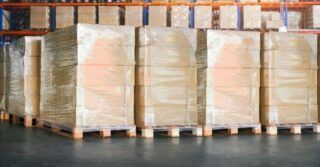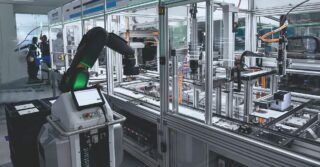The automation of warehouse processes is widely discussed and varied. Unfortunately, it often becomes an end in itself.
In internal logistics, a distinction has been made between physical and digital automation. Digital automation includes software and electronic devices that collect, analyse and transmit data. Physical automation refers to the technical equipment of the warehouse – palletising robots, autonomous vehicles, sorting equipment and others.
Both digital and physical automation involve significant capital expenditure. In addition, there are costs associated with service contracts, software updates, and the time required for staff training and system implementation.
How can a distribution warehouse in a manufacturing company be efficiently automated?
Automating the receiving and shipping areas of the warehouse
One way to reduce operating costs and optimise performance in the receiving and shipping area is to automate this area. Automation of loading? Yes, meet Q-Loader – an ATLS class system.
By using the Automatic Truck Loading and Unloading System (ATLS), we save time and reduce costs. The complete cycle of loading or unloading a trailer (33 pallets) takes less than 10 minutes. Automating these processes reduces the risk of accidents and damage to goods, increases throughput and reduces the number of loading docks.
The Q-Loader consists of two main structural elements:
- an external ramp (Quick Cargo Loader System) – adjusts the floor level of the trailer or container relative to the dock level; when a trailer or container is placed under the dock, flexible safety flaps are lowered – the positioning of the trailer relative to the dock is automatic; no dock or trailer modification is required.
- an internal platform – adapted to individual operational requirements, including the type of cargo.
Q-Loader can be integrated with internal IT systems, AGV and AMR trolleys, conveyor transport systems and AS/RS class systems.
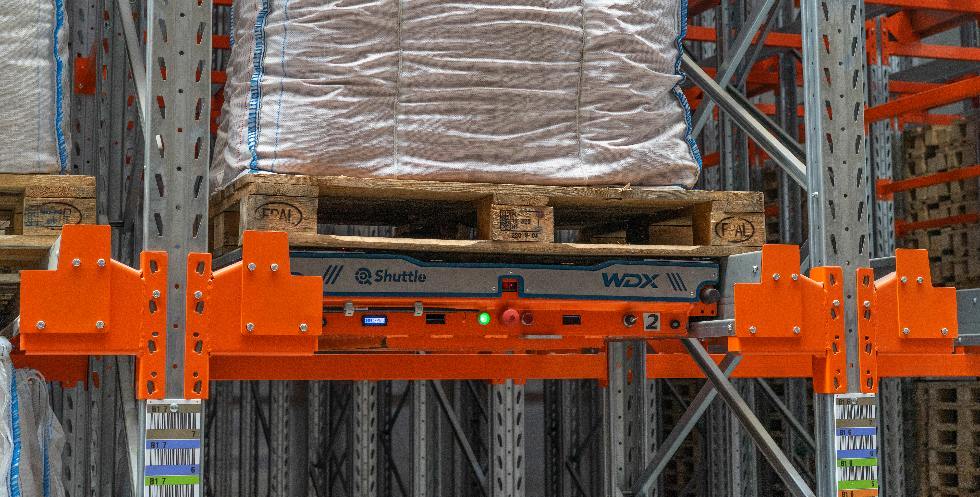
Warehouse automation in logistics facilities
Automated storage and retrieval systems (AS/RS) are what most people think of when they think of warehouse automation. AS/RS is a form of GTP technology that uses vehicles, cranes and carousels to handle loads in logistics facilities.
The Q-Block automatic high-density storage system, based on the Radio Shuttle rack concept, is an alternative to AS/RS systems.
How does Q-Block work?
It is a three-part system where vertical conveyors and longitudinal and transverse carts handle pallet operations:
- Q-Lift provides vertical transport
- Q-Mover handles longitudinal transport
- Q-Shuttle handles loads in the racking system
The Q-Block dense storage system can be implemented using the existing warehouse infrastructure. The only requirement is that the handled load must be stored on a pallet between 800×1200 mm and 1200×1200 mm or on another carrier with the same skid arrangement.
When is warehouse automation cost effective?
A logistics facility does not need to be 100% automated, and automation should never be an end in itself.
In some cases, automation will be complex and the multi-dimensionality of such an implementation needs to be considered.
So what should be taken into account when considering automation? Storage capacity, of course. It is assumed that the larger the volume, the more justified the implementation of automated solutions. Another argument in favour of automated solutions is flow rates – the higher the turnover of goods in the warehouse, the more cost-effective it becomes.
Warehouse automation helps increase a company’s competitiveness by:
- Reducing order fulfilment time: automation speeds up the processing, picking and shipping of orders, resulting in faster delivery times.
- Eliminating costly errors: automated systems reduce human error in inventory management, picking and data entry, which can lead to significant cost savings.
- Optimise operating costs: automation can lead to reduced labour costs, improved efficiency and reduced costs associated with inventory inaccuracies and product damage.
- Optimal use of available space: automated storage solutions can maximise the use of vertical and horizontal space, enabling more efficient storage and retrieval processes.
A multi-dimensional analysis of needs and development strategies, along with a thorough review of available resources, is the optimal path to rational warehouse automation in a manufacturing company.


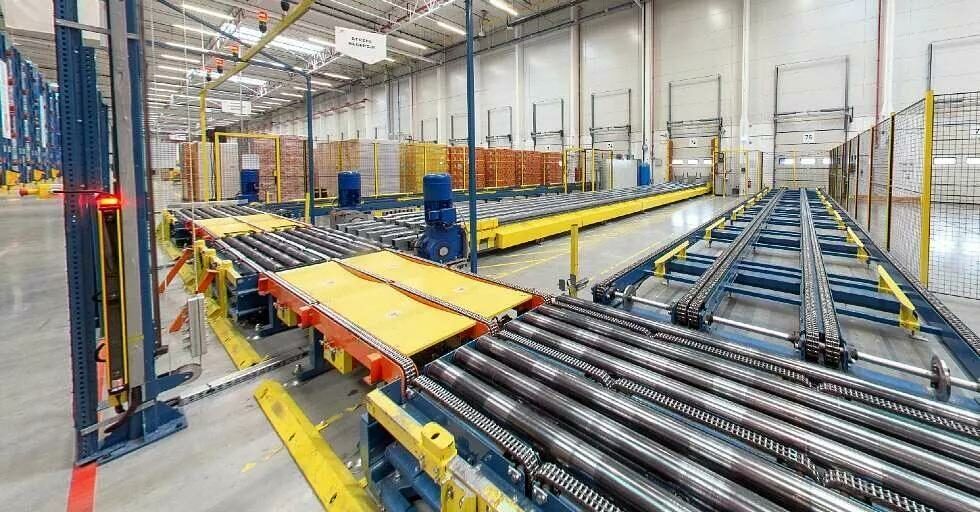
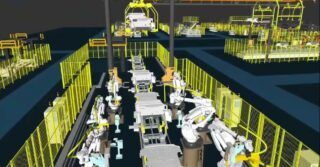
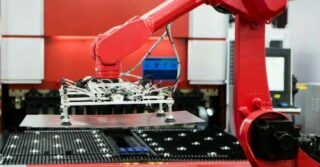
![Forecasts, Opportunities, and Challenges for the Polish Industry in 2024 [ANALYSIS] Forecasts, Opportunities, and Challenges for the Polish Industry in 2024 [ANALYSIS]](https://industryinsider.eu/wp-content/uploads/xIndustry-40-320x167.jpg.pagespeed.ic.o8zijDQlIJ.jpg)

